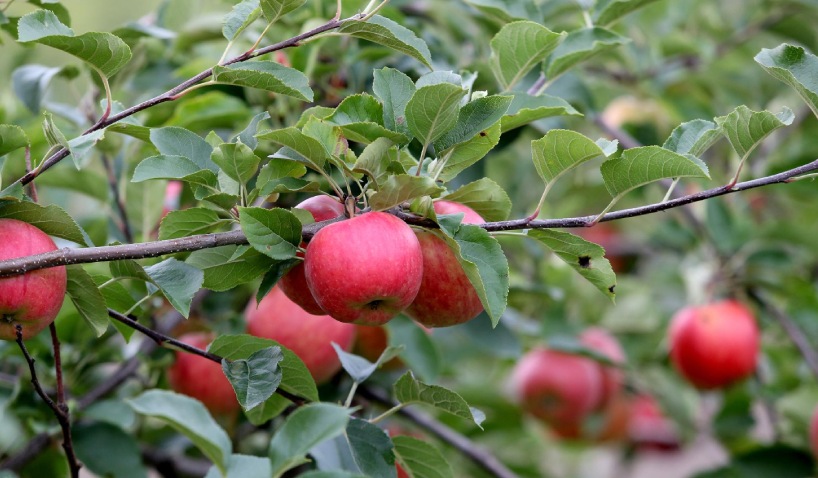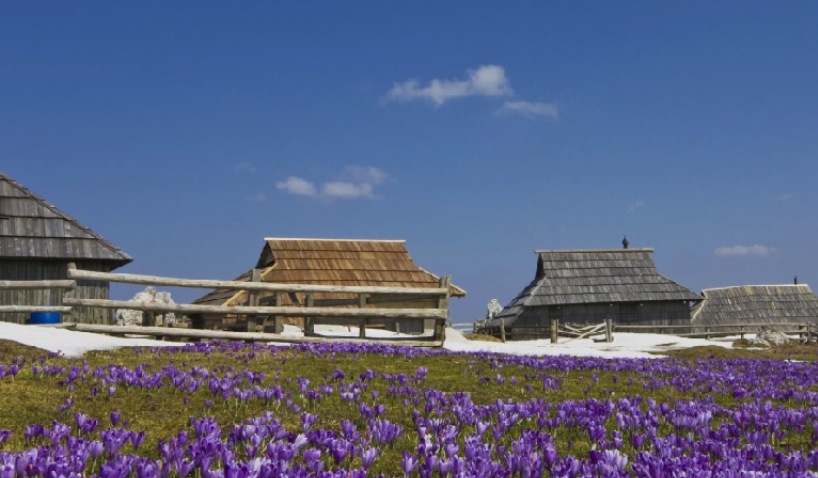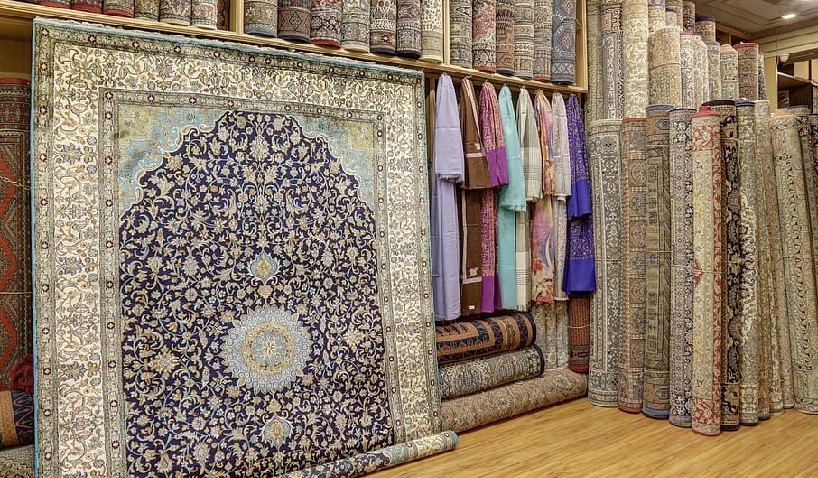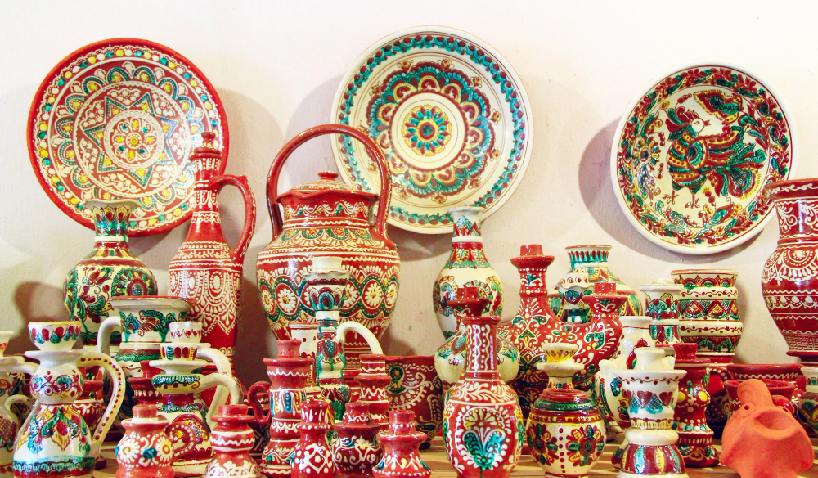Discover the Excellence of Kashmiri Bats: Perfect for Indian Cricketers

Kashmiri Bats
The beautiful Kashmir Valley, which is situated in the northern region of the Indian subcontinent, is the birthplace of the storied history of Kashmiri bats, which are highly regarded for their excellence and workmanship. Here’s a quick rundown:
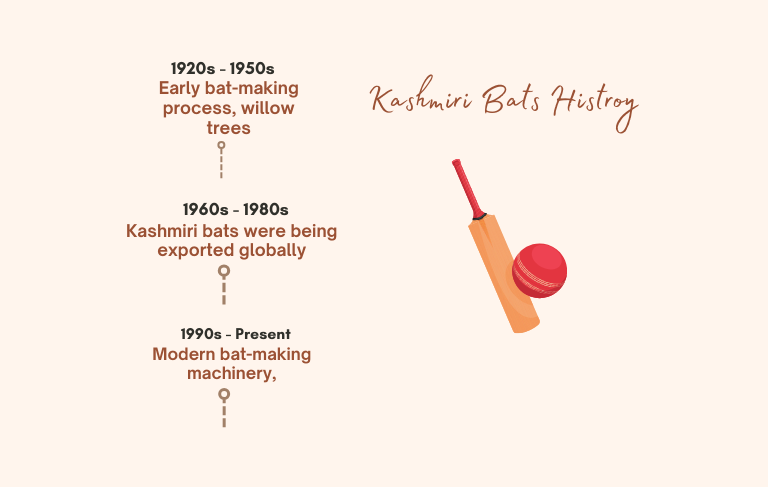
Origins: Making Kashmiri bats is a centuries-old custom. The craftsmen, renowned for their dexterity and painstaking attention to detail, started manufacturing bats mostly out of locally available willow wood.
Willow Wood: Kashmir willow, or Salix alba var. caerulea, is a particular variety of willow that grows in the Kashmir region and is traditionally used to make Kashmiri bats. This wood is highly valued because of its strength, low weight, and usefulness in cricket matches.
Expertise: Kashmiri bats require a highly particular kind of expertise. The willow wood is meticulously chosen and seasoned by artisans, who then shape it into bats that adhere to exacting criteria. The procedure entails forming the handle and blade as well as adding any required reinforcements, such as protective coatings or a cane handle.
International Recognition : As players from the Indian subcontinent, mostly from Pakistan and India, began to rise to prominence in international cricket, Kashmiri bats became known throughout the world in the middle of the 20th century. Kashmiri willow bats gained popularity due to their strength, balance, and efficiency.
Evolution and Innovation : Over time, while traditional methods remain central to their production, there have been innovations in bat design and manufacturing techniques to enhance performance and durability. This includes experimenting with different types of willow and refining the shape and weight distribution of the bats.
Challenges : Variations in wood quality, competition from other cricketing nations, and modifications to international legislation regarding the export of wood products have all been recent issues experienced by the Kashmiri bat business. Nonetheless, players still value Kashmiri bats for their superior quality and workmanship.
Global Appeal: Players at all levels of cricket, from amateur leagues to international contests, utilize Kashmiri bats these days. Cricket players who value the legacy and performance linked with these bats continue to favor them because of their iconic shape and feel.
Willow Wood: Kashmir willow, or Salix alba var. caerulea, is a particular variety of willow that grows in the Kashmir region and is traditionally used to make Kashmiri bats. This wood is highly valued because of its strength, low weight, and usefulness in cricket matches.
Expertise: Kashmiri bats require a highly particular kind of expertise. The willow wood is meticulously chosen and seasoned by artisans, who then shape it into bats that adhere to exacting criteria. The procedure entails forming the handle and blade as well as adding any required reinforcements, such as protective coatings or a cane handle.
International Recognition : As players from the Indian subcontinent, mostly from Pakistan and India, began to rise to prominence in international cricket, Kashmiri bats became known throughout the world in the middle of the 20th century. Kashmiri willow bats gained popularity due to their strength, balance, and efficiency.
Evolution and Innovation : Over time, while traditional methods remain central to their production, there have been innovations in bat design and manufacturing techniques to enhance performance and durability. This includes experimenting with different types of willow and refining the shape and weight distribution of the bats.
Challenges : Variations in wood quality, competition from other cricketing nations, and modifications to international legislation regarding the export of wood products have all been recent issues experienced by the Kashmiri bat business. Nonetheless, players still value Kashmiri bats for their superior quality and workmanship.
Global Appeal: Players at all levels of cricket, from amateur leagues to international contests, utilize Kashmiri bats these days. Cricket players who value the legacy and performance linked with these bats continue to favor them because of their iconic shape and feel.
Manufacturing Process of Kashmiri bats
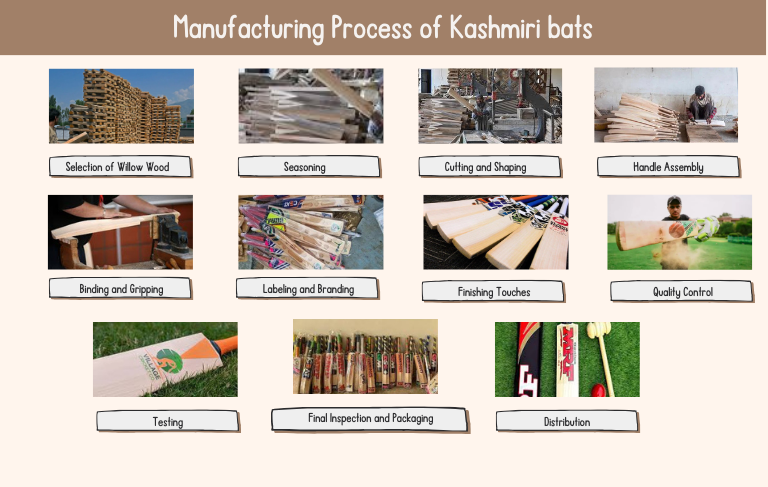
1. Selection of Willow Wood:
The process begins with the selection of high-quality Kashmir willow (Salix alba var. caerulea). This wood is chosen for its specific grain structure, durability, and ability to provide good performance on the cricket field.2. Seasoning:
Once the willow is selected, it undergoes a seasoning process to reduce moisture content and stabilize the wood. Proper seasoning is crucial as it helps prevent the bat from warping or cracking over time.3. Cutting and Shaping :
The next step involves shaping the blade of the bat. This is typically done using hand tools such as chisels, planes, and sandpaper. The bat’s shape is critical as it affects the balance, weight distribution, and performance characteristics of the final product.4. Handle Assembly:
After shaping the blade, the handle is assembled. Traditionally, Kashmiri bats feature a cane handle. This involves inserting a cane into the blade and securing it with adhesive and bindings to ensure strength and flexibility.5. Binding and Gripping:
Bindings are applied around the junction of the handle and the blade to reinforce the joint. The handle is then covered with a grip, which provides comfort and helps absorb shock during batting.6. Labeling and Branding:
The finished bats are labeled with brand logos and stickers that indicate specifications such as weight, balance, and size. This branding is essential for marketing and identification purposes.7. Finishing Touches:
Once the basic structure of the bat is complete, it undergoes finishing touches. This includes sanding to smooth out any rough edges, applying a coat of protective finish (such as linseed oil) to enhance durability and appearance, and adding any branding or decals.8. Quality Control:
Strict quality control procedures are used throughout the production process to guarantee that every bat fulfills the intended requirements for performance, weight, balance, and dimensions. This involves looking for any flaws or structural vulnerabilities that could undermine the integrity of the bat.9. Testing :
Professional players or testers may then put the completed bat through testing to evaluate its performance traits, including balance, pick-up, and potential for power. The production process may be further improved as a result of the test results.10. Final Inspection and Packaging:
Every bat must pass a comprehensive inspection at this point to guarantee that it satisfies all quality requirements. Bats are properly wrapped to ensure their safety throughout storage and transit once they have been certified.11. Distribution:
Finished Kashmiri bats are distributed locally within India and internationally to cricketing nations around the world. They are highly sought after for their craftsmanship and performance, making them a preferred choice among cricketers at various levels of the game.Types of Kashmiri Cricket Bats
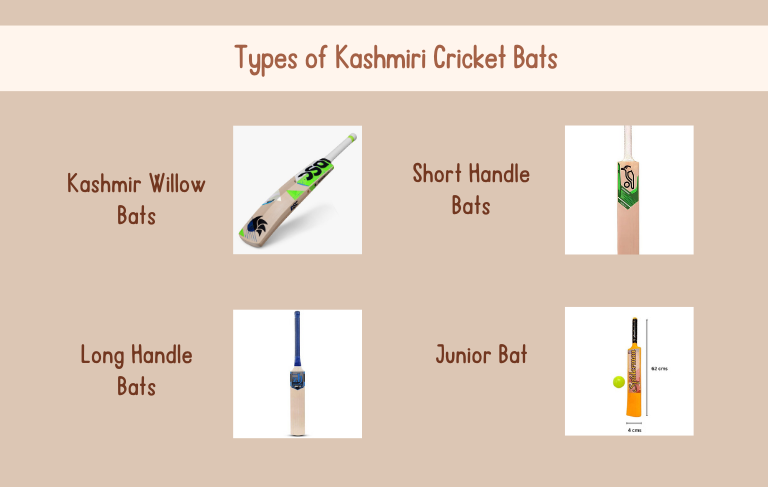
The shape and design of the bat, the intended playing style, and the type of willow used are the main classifications for Kashmiri cricket bats. The following are a few popular styles of Kashmiri cricket bats:
English Willow Bats:
Although English willow (Salix alba), which is renowned for its higher quality and performance attributes, is also used by some producers to make bats, Kashmiri bats are typically created from Kashmir willow. Professional cricketers like English willow bats from Kashmir because they are light and responsive, and they usually meet international requirements.Kashmir Willow Bats:
The most conventional variety, these bats are fashioned from locally produced Kashmir willow (Salix alba var. caerulea) in the Kashmir area. Kashmir willow bats are renowned for being long-lasting, reasonably priced, and appropriate for both club and recreational cricket. Compared to English willow bats, they frequently offer good performance at a more reasonable price point.Short Handle Bats:
Adult cricket players utilize short handle bats, which are the normal size bats. According to international size rules, they usually have a handle length of approximately 9 inches and a blade length of approximately 21 inches. Cricket leagues, both professional and amateur, use short handle bats because they are adaptable.Long Handle Bats:
Typically measuring between 10 and 11 inches, long handle bats are comparable to short handle bats in terms of length. Tall players or those who like a longer handle for better control and mobility may find them more appropriate due to their increased length, which can offer additional leverage and reach.Junior Bats:
Made especially for younger players, junior bats are available in a range of sizes to accommodate a range of age ranges and statures. Young cricket players can hone their skills using equipment that is suitable for their size and strength because they are lighter and smaller than adult bats.Custom Bats:
A few manufacturers provide Kashmiri cricket bats that can be customized by players with specific features including weight distribution, handle grip type, blade form, and even personalized branding or engraving. These bats are designed to accommodate both professional and serious amateur cricket players, taking into account their unique preferences and playing styles.Famous Manufactures of Kashmiri bats
High-quality cricket bats are the specialty of a number of well-known Kashmiri manufacturers that combine traditional and contemporary methods in their work. The following are some well-known producers of Kashmiri cricket bats:
here’s a simplified list of famous manufacturers of Kashmiri cricket bats:
here’s a simplified list of famous manufacturers of Kashmiri cricket bats:
- SG (Sareen Sports Industries): Known for high-quality bats used by professional cricketers worldwide.
- SS (Sareen Sports Industries): Another brand under the same company, famous for durable and performance-oriented bats.
- BDM (B. D. Mahajan & Sons): Well-established brand offering a variety of Kashmiri willow bats.
- RNS (Raman Sports Industries): Based in Jammu and Kashmir, known for producing durable and balanced cricket bats.
- SM (Stanford Cricket Industries): Recognized for innovative bat designs and quality craftsmanship.
- Garg Sports International: Based in Punjab, known for their commitment to quality in Kashmiri bat manufacturing.
- IBEX: Known for combining traditional craftsmanship with modern technology to produce high-quality cricket bats.
Some Artisans and small-scale manufacturers of kashmiri bats
Kashmir is home to a number of small-scale manufacturers and artisans who contribute to the art of creating Kashmiri cricket bats in addition to the well-known brands. Despite frequently working on a smaller scale, these artisans are extremely talented in what they do. Here are few instances:
Local Craftsmen in the Kashmir Valley:
Using age-old methods passed down through the generations, a large number of talented craftspeople in the villages and cities around the Kashmir Valley create Kashmiri cricket bats by hand.Family Workshops:
A large number of tiny, family-run businesses focus on producing Kashmiri bats, with family members providing a variety of talents including shaping, sanding, and finishing.Individual Craftsmen:
Some craftsmen are well-known in the community for their proficiency in producing superior Kashmiri bats. They could cooperate with small workshops or work alone.Cooperatives and Clusters:
Craftspeople in Kashmir’s many regions form cooperatives or clusters to collaborate on the production of cricket bats. These cooperatives frequently prioritize upholding traditional workmanship while making adjustments for contemporary needs.Local Suppliers and Contractors:
In addition to manufacturers, local suppliers and contractors also supply small-scale workshops and craftsmen with tools, raw materials, and support services.Guide to Choosing the Right Kashmiri Willow Cricket Bat
Choosing the right Kashmiri willow cricket bat is essential for enhancing your performance on the field. Here’s a comprehensive guide to help you make the best selection:
1. Recognize Your Playing Style:
Take into account if you are a defensive player who values control or an aggressive batsman who favors strong shots. The ideal bat for you will depend on your playing style in terms of weight and shape.2. Ascertain the Bat Weight:
Your comfort and efficiency as a batter are greatly influenced by the weight of the bat. Select a bat that is light enough and feels balanced enough to allow you to swing it easily without losing power. Adult bats typically weigh between 2.7 and 3 pounds.3. Examine the Grip and Handle:
The bat’s handle should be pleasant to hold and offer a secure grip. There are many grips, such octopus and chevron, that alter how the bat feels in your hands.4. Examine the Blade and Sweet Spot:
A well-built blade, often crafted from premium Kashmiri willow, is a must for a bat. Seek for a clearly defined sweet spot; this is the part of the bat where striking the ball produces the greatest rebound effect.5. Examine the Edges and Bat Profile:
The bat’s form and contour are referred to as its profile. Whether you like a more contemporary, broader edge profile for more power or a more classic form, pick a profile that fits your playing style.6. Consider Balance and Pickup:
A bat that is in balance will feel lighter in your hands, giving you more control and flexibility. Regardless of the bat’s actual weight, pickup describes how the bat feels when you swing it. To determine whether the bat seems appropriate for your batting style, give it a swing.7. Durability and Quality:
Choose a bat crafted from premium Kashmiri willow, which is renowned for its toughness and longevity. Look for any indications of flaws or cracks that might eventually hinder the bat’s performance.8. Budget Considerations:
When selecting a Kashmiri willow bat, keep your budget in mind even though quality should be your top priority. The brand, the quality of the willow, and the craftsmanship can all affect the price.9. Seek Expert Advice:
Coaches or seasoned cricket players can offer tailored recommendations based on your playing style and ability level if you’re unclear which bat to buy.10. Test and Practice:
Finally, once you’ve chosen a bat, spend time practicing with it to get accustomed to its feel and performance. This will help you maximize your potential on the field.Why Kashmiri Willow Bats Stand Out in the Cricket Arena
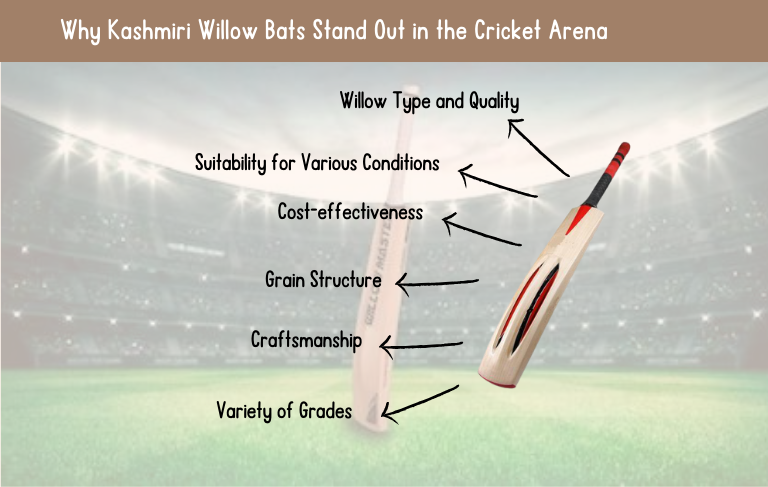
Cricket bats manufactured from Kashmiri willow differ from bats made from other varieties of willow, such English willow, in a number of notable ways. The following are some variations seen in Kashmiri bats:
Willow Type and Quality:
Kashmiri willow is renowned for its hardness and resilience. It is specifically derived from the Kashmir area of India. In general, it is denser and harder than English willow, which can give the bat longevity and endurance.Cost-effectiveness:
Kashmiri willow bats are frequently less expensive than their English willow equivalents. They are therefore a well-liked option for cricket players looking for a high-quality bat at a more reasonable price.Grain Structure:
Compared to English willow, Kashmiri willow usually has a tighter and more consistent grain structure. Better performance, longevity, and a more constant sweet spot on the bat can all result from this.Suitability for Various Conditions:
Kashmiri willow bats are frequently chosen in situations where the ball may not come onto the bat as easily because of their hardness. It can adequately handle a range of pitches and weather conditions.Craftsmanship:
Bats made from Kashmiri willow are crafted with meticulous attention to detail by skilled artisans. While the techniques used may vary, these craftsmen often bring years of expertise in shaping and finishing the bats to ensure optimal performance.Variety of Grades:
Like English willow, Kashmiri willow bats come in different grades based on the quality of the willow used. Higher-grade Kashmiri willow bats can offer excellent performance characteristics comparable to some grades of English willow.Future of Making Cricket Bats in Kashmir
Making cricket bats in Kashmir appears to have a promising future. Kashmir’s strong willow wood and talented craftspeople will make it a hotspot for producing premium bats. Kashmir is poised to take the lead in the cricket equipment industry as advances in technology and increased demand worldwide. For the local artisans, this implies greater prospects and more jobs. With a focus on quality and innovation, Kashmir wants to establish itself as a reliable brand in cricket bat manufacturing globally.Difference between kashmir willow and english willow
The kind of willow utilized, its properties, and its performance on the cricket pitch are the primary distinctions between cricket bats made of English and Kashmir willow:
3. Price and Accessibility:
1. Willow Type:
- Kashmir Willow: Sourced primarily from the Kashmir region in India, Kashmir willow (Salix alba var. caerulea) is known for its hardness and durability. It tends to have a tighter grain structure compared to English willow.
- English Willow: Grown predominantly in England, English willow (Salix alba var. caerulea) is renowned for its softer feel and responsiveness. It typically has a wider grain structure compared to Kashmir willow.
2. Features of Performance:
- Kashmir Willow: Kashmir willow bats are typically more robust and long-lasting because of their hardness. They are less vulnerable to injury from hard balls or uneven pitches and can tolerate challenging playing conditions. They might not, however, have the same “ping” or rebound effect as English willow.
- English Willow: With a larger sweet spot and exceptional responsiveness, English willow bats are well-known for their exceptional performance attributes. They are the favored option for professional and elite amateur cricket because they offer superior rebound and power transmission when striking the ball.
3. Price and Accessibility:
- Kashmir Willow: Generally more affordable than English willow bats, making them accessible to a wider range of cricketers, especially those starting out or playing recreationally.
- English Willow: Considered higher-end and more expensive due to its superior performance characteristics and limited availability compared to Kashmir willow.
4. Usage and Preference:
- Kashmir Willow: Popular among amateur and recreational cricketers who seek a durable bat at a more affordable price. They are also favored in regions with rougher playing conditions where durability is crucial.
- English Willow: Preferred by professional cricketers and serious amateurs due to its superior performance attributes, including better power and responsiveness.
5. Artistry:
- Kashmir Willow: Despite being less expensive, bats made from Kashmir willow are typically expertly manufactured by skilled artisans, who pay close attention to detail.
- English Willow: Known for its fine workmanship, English willow bats are often expertly fashioned and finished by skilled batmakers with decades of experience to maximize performance.
Taking care of Kashmiri Bats
To care for your Kashmiri cricket bat:- Knock it in: Gently tap the surface with a mallet before use.
- Oil it: Apply cricket bat oil to keep the wood hydrated.
- Store it well: Keep in a cool, dry place away from sunlight.
- Clean after use: Wipe with a soft cloth to remove dirt.
- Check regularly: Inspect for damage and replace worn grips.
- Avoid moisture: Keep the bat dry to prevent warping and damage.
Comparative Pricing: Kashmiri Bats vs. Other Brands
Kashmiri bats are usually priced between ₹7,000 and ₹20,000. They are well-known for their fine willow and craftsmanship. Cricket players often use these bats because of their reputation for balance and longevity.
On the other side of the coin, international brands like Gray-Nicolls, Kookaburra, and GM are a different story. Their price tags typically begin at a much steeper ₹15,000 and can skyrocket to a whopping ₹40,000 or more, especially for top-of-the-line models endorsed by cricketing superstars. These bats often boast cutting-edge technologies and are the preferred choice for players competing at the highest level.
While Kashmiri willow bats deliver excellent value with their solid construction and attractive price point, big-name brands cater to players seeking specific features and the prestige of using bats endorsed by their cricketing idols. Ultimately, both options offer cricketers a range of choices based on their individual needs and budget constraints.
On the other side of the coin, international brands like Gray-Nicolls, Kookaburra, and GM are a different story. Their price tags typically begin at a much steeper ₹15,000 and can skyrocket to a whopping ₹40,000 or more, especially for top-of-the-line models endorsed by cricketing superstars. These bats often boast cutting-edge technologies and are the preferred choice for players competing at the highest level.
While Kashmiri willow bats deliver excellent value with their solid construction and attractive price point, big-name brands cater to players seeking specific features and the prestige of using bats endorsed by their cricketing idols. Ultimately, both options offer cricketers a range of choices based on their individual needs and budget constraints.
Sachin Tendulkar visits Bats factory in Pulwama
On February 17, 2024, cricket legend Sachin Tendulkar visited a bat making business in the Chersoo district of Awantipora in Pulwama with his wife Anjali and daughter Sara.
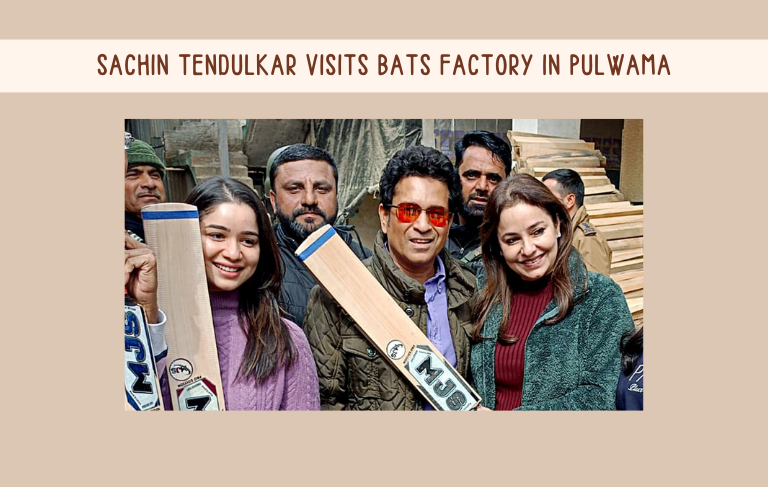
The former cricketer visited the district’s MJ Sports bat factory while on a personal visit to Kashmir with his wife Anjali and daughter Sara Tendulkar.
Tendulkar was quite interested in the method the local unit was using to create bats. Before the last step, he examined the raw clefts being seasoned. He also used a bat to knock on doors to see how well-seasoned the cleft was. The makers educated him on the Kashmiri bat business. Along with enjoying tea from the region, the cricketer was observed chatting with the locals and taking selfies.
Tendulkar was quite interested in the method the local unit was using to create bats. Before the last step, he examined the raw clefts being seasoned. He also used a bat to knock on doors to see how well-seasoned the cleft was. The makers educated him on the Kashmiri bat business. Along with enjoying tea from the region, the cricketer was observed chatting with the locals and taking selfies.
Mr. Sachin’s photo with the Kashmir willow has increased the worth of our brand. According to manufacturer Nazir Khan, “the pictures of the great cricket player with the bats and the manufacturers have already become a landmark for the Kashmir bat industry.”
The English willow was brought to Kashmir in the 19th century by Sir Walter R. Lawrence, the Settlement Commissioner of Kashmir, and J.C. Mac Donell, the first chief of the J&K Forest Department. The bat business in Kashmir has now surpassed Rs. 1300 crore, and supplies are being sent to all of the nation’s major cities. Based on official estimates, Kashmir produces about 1.5 million bats a year.
The English willow was brought to Kashmir in the 19th century by Sir Walter R. Lawrence, the Settlement Commissioner of Kashmir, and J.C. Mac Donell, the first chief of the J&K Forest Department. The bat business in Kashmir has now surpassed Rs. 1300 crore, and supplies are being sent to all of the nation’s major cities. Based on official estimates, Kashmir produces about 1.5 million bats a year.
Where to Buy Kashmiri Bats: Market Addresses and Locations

Lal Chowk Market : Located in the city’s centre, Lal Chowk is a hive of activity where a variety of stores offering cricket gear, including Kashmiri bats, can be found. For locals and visitors alike, it’s a well-liked spot to get genuine Kashmiri sports merchandise.
Polo View : Another well-known market in Srinagar, Polo View Market is well-known for its assortment of sports equipment stores. Here, you may browse through several stores to find Kashmiri bats in a range of grades and styles.
Workshops of Bat Manufacturers : Kashmiri bats are made by numerous craftsmen and small workshops in and around Srinagar. You can acquire bats directly from the manufacturers and witness firsthand how they are made by visiting these workshops.
Tourist Attractions and Souvenir Shops : Local handicrafts and sporting products, such Kashmiri bats, can be found in shops located in tourist destinations like Dal Lake and the surrounding districts of Srinagar. These stores serve both locals and visitors who are looking to purchase authentic Kashmiri goods.
Polo View : Another well-known market in Srinagar, Polo View Market is well-known for its assortment of sports equipment stores. Here, you may browse through several stores to find Kashmiri bats in a range of grades and styles.
Workshops of Bat Manufacturers : Kashmiri bats are made by numerous craftsmen and small workshops in and around Srinagar. You can acquire bats directly from the manufacturers and witness firsthand how they are made by visiting these workshops.
Tourist Attractions and Souvenir Shops : Local handicrafts and sporting products, such Kashmiri bats, can be found in shops located in tourist destinations like Dal Lake and the surrounding districts of Srinagar. These stores serve both locals and visitors who are looking to purchase authentic Kashmiri goods.
